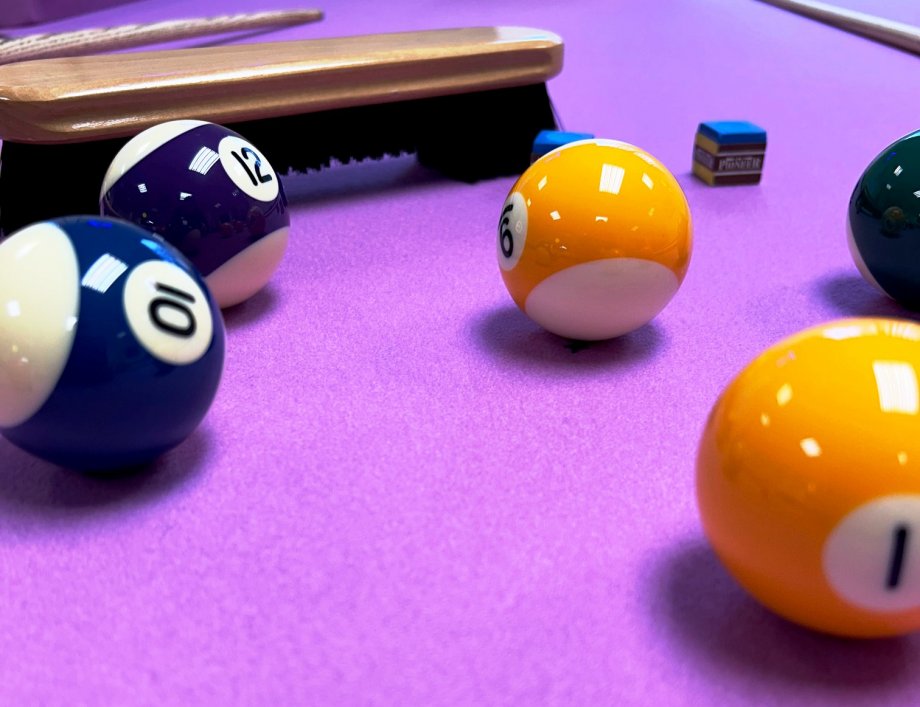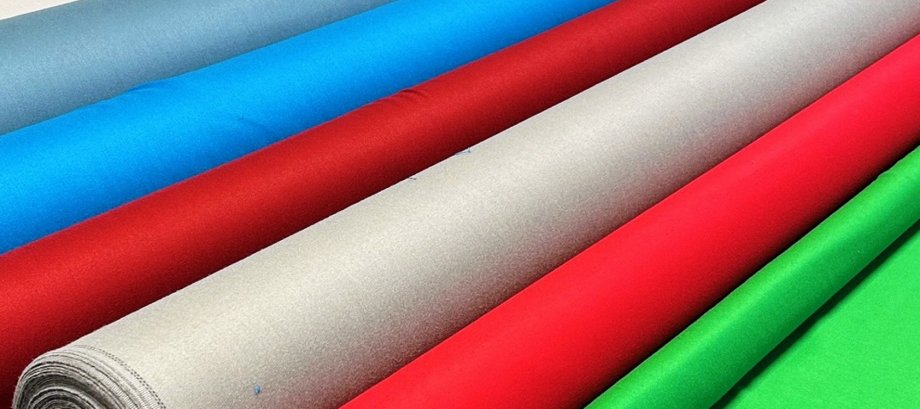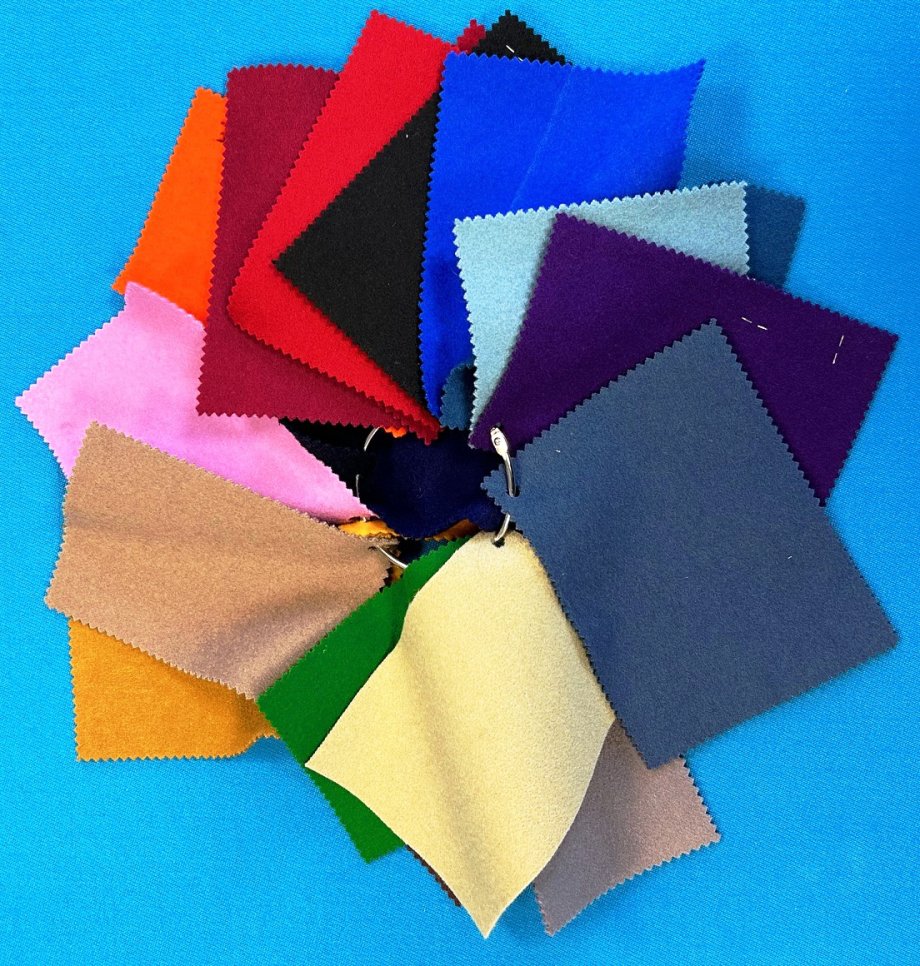| Tags | show all posts |
Pool Table Cloth Maintenance.
Pool Table Cloth Maintenance - Wool Napped Cloths.
The most fragile part of any pool or snooker table is the cloth. A torn, worn, or poorly conditioned cloth can significantly affect your enjoyment of your pool or snooker table. It is vital to look after and protect your table baize. Below are tips for ensuring you get the best from your table cloth.

Key to cloth performance.
In one word, the secret to a high-performing pool cloth is Brushing. Consistent brushing is critical to maintaining optimal playability, aesthetics, and cloth longevity. Frequent brushing will remove dust and chalk residue from the fabric and keep the cloth performing well.
In the UK, most pool and snooker cloths are wool cloths with a napped finish. This means the cloth fibres are laying in the one direction, and you must brush down the table from the break-off end. Brushing regularly down the table removes dust and dirt and keeps the wool nap fibres aligned in the natural direction, ensuring good speed and performance from the cloth.
When brushing, you should always use straight strokes in the direction of the nap. Brushing down the table from the baulk line prevents the wool fibres from bunching together, which is known as pilling, and it can result in losing the direction of the napped cloth.
We recommend using a brush with soft bristles to prevent damage to the cloth. Do not brush too heavily, either. Consistent, straight-line brushing is key. We also recommend purchasing a tin of pool and snooker cloth cleaner. This should be used occasionally, depending on the amount the table gets used. It will help remove the more ingrained chalk and dust marks from the cloth.
In addition to a standard brush, it may be worth investing in a cushion rail brush. This brush lets you brush underneath the cushion rails and reach areas a standard brush won't.
Should I Iron my table cloth?
Dry ironing your table cloth periodically is beneficial. This should only be done when the cloth is clean and well-brushed. Ironing in the direction of the nap will make your cloth play faster. How often you do this really depends on the table's usage and also the temperature of the room where it is located. Hotter and more humid locations may require more frequent ironing.
Before using an iron, the cloth must be spotless and debris-free. It should be well-brushed in the direction of the nap. If there are any marks or bits on the cloth, the iron will embed them into the playing surface.
Before using an iron, you need to ensure it is spotless and check the temperature. We also recommend testing the heat on paper to avoid scorch marks. If you notice these on the paper, wait for the iron to cool down.
It is only the table bed that requires ironing. Do not iron the cushions, as these only require regular brushing.
Will the colour of my cloth fade over time?
Cloth colour fading will naturally occur over time. This is usually due to ultraviolet light rays. How quickly cloth colours fade depends on where the table is located. There is a higher chance of fading if your table is in a room with lots of natural daylight, such as a conservatory or summer house.
While many cloths are manufactured with anti-fade dye, we strongly recommend using a table cover. If this is used when a table is not in use, it will not suffer the effects of natural daylight and will preserve the colour of the cloth much longer. We sell a range of good-quality covers in our store.

Pool Table Cloth
Cue Stab Marks.
Cue marks are a common sight on pool and snooker cloths. They usually occur when a player strikes the cue ball below mid-centre to try to achieve backspin. The tip of the cue actually shaves off a small amount of the napped surface, leaving a visible mark.
A careless player may rip the cloth while playing this type of shot. We recommend checking your cue tip before playing to ensure it is in good condition. A cheap or poorly fitted cue tip can undoubtedly damage or tear a pool cloth. Also, check whether the cue ferrule edges are rough or sharp, as this can damage the cloth.
While cue marks can be unsightly, they often appear more prominently on a newly fitted pool or snooker cloth. They will become less noticeable as the cloth gradually wears in.
Creating good habits ensures cloth longevity.
Good habits and regular maintenance will considerably extend the life of your pool table cloth. Below, we have listed some essential factors in maintaining your baize.
Regular Brushing: Brush down the table from the baulk line with the nap of the cloth. This will keep your cloth clean and fast and greatly improve play.
Rail Brush: Use a rail brush to clean dirt and marks underneath the cushion rail. A regular brush will not reach these areas.
Ironing: Ironing your cloth occasionally will quicken the baize (only to be done if confident); otherwise, consult a fitter.
Cloth Cleaner: Use cloth cleaner spray to remove the more stubborn chalk residue and any marks effecting the cloth.
Use of a fitted cover: Using a cover will protect your cloth from dirt and dust as well as ultraviolet sun rays to stop colour fading.
Drinks: Do not drink over your table or rest any drink glasses on the pool table top frame. Spilling a drink is a quick way to spoil a pool or snooker cloth.
Racking Cloth: Use a racking cloth when racking up the balls to avoid imprints from the balls hitting the same spot repeatedly.
Cloth Dents: Avoid spinning a coin to see who breaks off, dropping or banging balls down onto the surface of the baize.
Check Cue Tips: Ensure your cue tip is well-fitted and well-maintained, with smooth edges. Also, check your ferrule for sharp edges.
Chalk Residue: Do not chalk your cue over your pool table. Chalk dust is hard to see but builds up and acts as an abrasive over time.
Good Quality Pool Balls: Damaged or worn pool balls can harm a pool table cloth, particularly with excessively hard-hit shots. Also, put your pool balls away after use and don't leave on the cloth.
Sitting: Do not sit on the table's edge or the playing surface. This can cause issues and damaged the nap of the cloth.
Use of a Cue Rack: Purchasing a cue rack will prevent you from leaving cues on the table's playing surface when not in use and will also protect your cue and cue tip.
Chalk: Use cue chalk that is the same (or as close as) in colour to your pool cloth. This will keep the cloth aesthetics looking good and avoid unsightly marks.
Cue Rests: Purchase a cross or spider rest to avoid overstretching on hard-to-reach or tight shots. This will reduce the risk of cloth tearing.
Replacement Pool Table Spots: Replacing your pool table spots every so often will keep the playing surface looking fresh and new.

Pool Cloth

